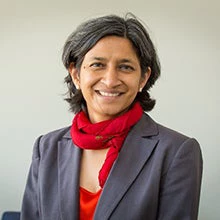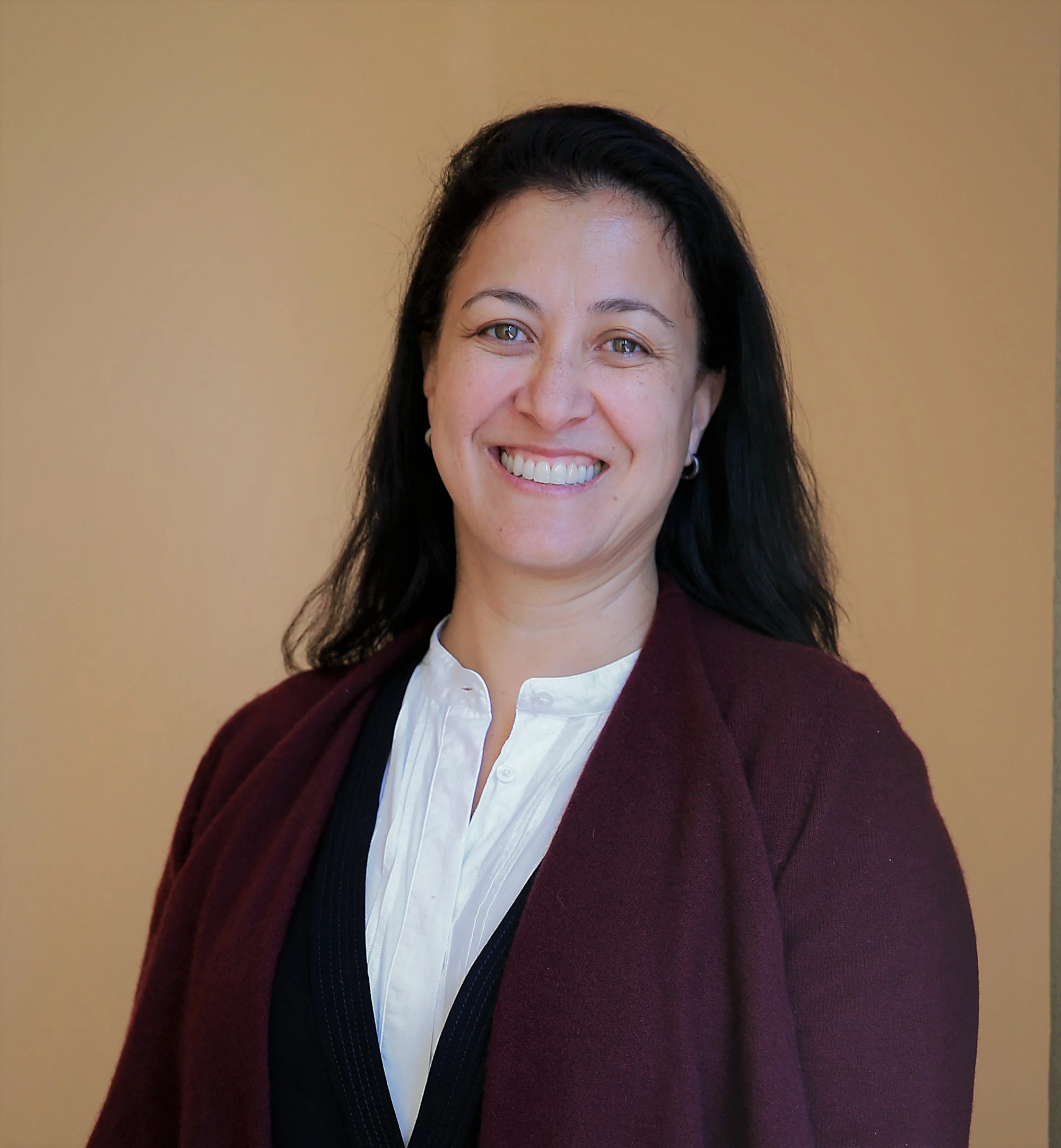 In 2021, about 220 million students globally were enrolled in formal post-secondary education, more than doubling the enrollment figure from 2000. © Dominic Chavez/World Bank
In 2021, about 220 million students globally were enrolled in formal post-secondary education, more than doubling the enrollment figure from 2000. © Dominic Chavez/World Bank
In developing countries, we are seeing a massive growth in demand for higher education as more students than ever are moving through the education pipeline—from primary to secondary and on to tertiary. This growth has not been stemmed by the pandemic which if anything has contributed further. Globally, in 2021, roughly 220 million students were enrolled in formal post-secondary education, more than doubling the enrollment figure from 2000. It is estimated that there will be 380 million higher education students by 2030.
This growth in student numbers can be attributed to programs that expand access, a global increase in the number and types of providers (both public and private), and greater information on the returns to individuals and society from higher education.
Likewise, we see strong demand for employees with higher education globally, and particularly in low- and middle-income countries. Demand for workers with higher education is unmet and can be expected to grow steadily.
Design and invest in system reforms based on values
At the World Bank, we tend to think of higher education reforms in terms of policy frameworks and objectives. Yet these must be embedded within a system of values that all stakeholders can broadly subscribe to.
One approach to embedding values into the design of tertiary education systems to meet growing demand is a stakeholder values triangle. The three points of this triangle of values are: student values, societal values, and market values.
Understanding what students value
As the entire enterprise of higher education exists for and because of students, it is critical to consider the student experience and understand what students value.
Global surveys show that students value skills that lead to meaningful work, of course, but also skills that lead to meaningful lives. Students value connections and opportunities to live lives that are secure and purposeful. Students value equity and inclusion so that these opportunities are available to anyone with the will and capacity to make the most of them.
Higher education systems: Delivering for societies
While enrollment in higher education is growing at a rapid pace all over the world, the growth has been inequitable in high- and low-income countries alike. In France, for instance, 65 percent of students from the highest quintile moves on to higher education, while only 30 percent from the lowest does. In India, 40 percent of students from the highest quintile and 5 percent from the lowest progress to higher education.
In order to improve equity, it is simply not enough to grow enrollments when growth is happening mainly among the elites. Access and success for students across income levels (and other notable exclusion identities, as well) must remain a priority.
As we all learned from the COVID-pandemic, higher education serves society in a unique way. Decades of sustainable public and private investments of money, talent, and time in higher education and research drove vaccine development. The complexities of our world will place even more demands on these investments in people and knowledge.
Connecting the supply and demand of education outputs
Finally, the market. Education policies and investments can allow for harmony and balance between the supply of education outputs (students, knowledge, and skills) and demand for education outputs (employer needs, innovation, and commercialization of research). Beyond understanding what the market values, higher education institutions and leaders should work with employers to ensure policies are aligned with the needs of today and agile enough to meet the needs of tomorrow.
One interesting example of where this values triangle takes its full meaning is the Africa Higher Education Centers of Excellence (ACE) program , the first large scale regional program funded by the World Bank and implemented by national governments in the higher education sector in Africa with over 75 centers in more than 50 universities. The centers, located across 20 countries of the continent, generate African expertise in areas such as health, renewable energy, water, environment, and education, as well as science, technology, engineering and mathematics (STEM).
The ACEs bring this triangle to life. To date they have prepared thousands of students for jobs in key areas of the economy. Over one third of graduates are women. The centers are promoting regional cooperation and Africa-led excellence in teaching and research, including in areas of strategic importance such as climate change and infectious disease. And they are supporting the enhancement of expertise for innovation and labor market relevance by working in close partnership with local and regional industries and facilitating internships and job placement.
This is what it comes down to: keeping the values of students, society, and the market in mind as we shape the policies and practices of higher education—to ensure high quality, relevant, and accessible higher education in every country.



Join the Conversation